Archive
Storage and Seeds
While the warm season harvest may be over, there is lots of work pertaining to the warm season left to do. One of the biggest challenges is organizing all of the food that was packed away. The canned items should be stored in a way that allows the cans to be inspected from time to time. A few cans will not properly seal, and if left to sit unsealed they are capable of making a real mess. You can tell the cans are no longer sealed when the center portion of the lid pops to the up position, as opposed to the downward position created by an internal vacuum. When the lids pop up, the contents should be discarded either in a compost pile or in the garbage. Out of over 100 jars of canned tomatoes only three have become unsealed.
The harvest may be over but it’s now time to collect seeds for future planting. I’ve found that the hot greenhouse makes harvesting and storing dry beans pretty easy. I start by collecting the bean pods and spreading them out on my tables in the greenhouse. The sun will then dry out the outer husk making the process of removing beans fairly easy, simply apply pressure to the outer husk and watch the pod crack along the seems. The dry beans inside can then be stored in a glass jar for planting next spring.
Lettuce seeds are also pretty easy to collect if they are allowed to dry in the sun. The plants will grow to about three feet in height, and will grow tiny seed pods after setting small flowers. I’ve been experimenting with the quickest way to harvest the seeds, but for now the best advice I can give is to collect each pod individually, and press the pods between your fingers to release the seeds within. You will then need to separate the seeds from the pods, or simply plant the pods with the seeds in the spring.
It’s nearly time to collect Pak Choi seeds as well. I didn’t get a large enough harvest to cook with this Asian vegetable, but I did try it raw, and it wasn’t bad, so I plan to save lots of seeds for next year. The plants seemed to put all of their effort into seed pods, so I may have planted them late in the season, but there will be plenty of seeds for next year.
Before collecting the seeds, wait till the pods turn a brownish color, and crack open easily. A few of the pods have already turned brown, but the majority are not yet mature.
You may also like:
Back on Track
The zucchini patch is doing much better these days. It seems the ground hog that I have yet to eliminate has decided to munch on only one of my zucchini patches, and leave the other alone. While I’m happy for something of a compromise for now, I will not loose to this beast, and I’ve got a long term mentality in mind. I realize this will be the location for my garden for years to come, and this family of rodents must be eliminated before all of my plants are as worn out as my aging checkbook.
The plants are still a bit small, but their ambitions must be appreciated. Most of them have three inch sized zucchini, pretty impressive for a plant which is less then two feet tall. One of these plants is sporting a double growth of produce.
I think the biggest reason for this turn around in my plants growth is directly related to the Miracle Grow I’ve been using to encourage life in these plants. I’ve sprayed a few gallons of the water/crystal mix on both patches of zucchini. It seems both areas are growing faster, and one will produce enough to keep the ground hogs away from the other. These rodents are also munching on the zucchini alone, and leaving the recovering cucumber plants alone as well.
Some of the first seeds I sowed in the garden were Waltham Butternut Squash, which are my second favorite winter treat, second only to Yukon Gold potatoes. I wanted to give these plants plenty of time to get growing well, but it didn’t seem to work. They have been popular snacks for deer and ground hogs, and most plants are shorter then the kitten that runs in my house every time I open the door. I’m going to make them a priority for side dressing and the blue water miracle grow mixture I’m using, as soon as I get some time.
Although the ground hog had trimmed my zucchini and with that action also trimmed my pride, I still have a good deal left. The front portion of the garden is growing very well. Here you will find two tomato patches, 7 rows of Yukon Gold potatoes, beans, celery, and onions. I’ve side dressed the celery and onions in an effort to kick start their growth, and I’ve applied lots of water on these brutally hot days. At least one day a week, I will cover the whole garden with four hours of sprinkler time.
The other end of the front row is also looking pretty great. My broccoli are slowly beginning to form heads, the colorful chard and lettuce are growing faster then I imagined and the beans are doing well enough considering the local deer populations appetite. My kohlrabi plants are still low to the ground at about 5 inches tall. These are cool weather compatible, so I’ve got plenty of time to get bushels of space cabbage. I’ve also planted a few pak choi plants near the kohlrabi, but they are still too small to see in the picture.
Just to note, the camera was about 15 feet in the air when I took these pictures, so the garden looks much smaller then it really is. The total length is about 250 feet long, and about 60 feet wide. I do tend to get carried away some times.
New Beans and Colorful Chard
I’m always trying new things in the garden, and I’ve been surprised and disappointed in the past. The pole bean above has surprised me already with it’s very cool looking leaves. They are more compact, and smoother then most bean plants, and the glossy leaves carry a darker green then others.
Another new bean variety that I’m growing is the Giant Speckled Pole Lima Bean. The leaves on this plant are more similar to other beans then the Brown Crowder above, but just like the Crowder, they are smooth and glossy. I’ve planted these two types far away from the rest of the beans I’m growing since they are both of the climbing pole habit.
If the beans grow well, I should have a small zip lock bag full for each 15 foot row I’ve planted. I did this last year with some Ying Yang beans, and rather then making chilli, I saved the beans till this spring and planted nearly ten rows.
I couldn’t wait any longer before trying out some colorful chard I’ve planted this spring, so I picked a leaf of each variety. The yellow and red shard were planted in the greenhouse this spring, and the white stalk leaves are from last years chard plants. I continue to be very impressed with chard, not only how it can grow in the cold of PA winters, but also in how it makes me feel so much better after eating it. The plant carries a great deal of vitamins, especially vitamin K, so I imagine they are the reason for my change in mood.
I chopped the chard up, and prepared a pan with a 1/6 stick of butter. I placed the heat on about medium and threw in some Stuttgarter and Red Onions frozen from last year. I added the chopped chard and cooked it until it carried brown highlights. The small bowl shown in the picture was about four inches across, so those large leaves don’t go very far once cooked, but they were o-so-good, and I’m in a very positive mindset today.
Preparing for Frost
The garden has begun it’s slow transformation from a land of plenty, with rapidly growing plants to a shadow of it’s height in summer. Most of the plants are showing their fatigue for the year, and many have withered completely. Few plants flourish this time of year, and it seemed prudent to pick these root crops before the first frost. I picked a bag each of Turnips and Beets, a few nice size kohlrabies and some carrots. My niece picked the string beans, as she seems to be the only one who is not yet sick of them for the year.
As I was pulling up the turnips, I kept hearing comments about the beans. Some where shaped like funny letters, a J here, an I there. I’m surprised she didn’t lay them out in the soil and spell funny words.
Last year I took a pepper plant out of the greenhouse, and planted it in a small pot in my kitchen. The plant grew enough in the winter to set one pepper. This year, I’m trying a different approach. I found the largest Chablis Pepper plant in the garden, and planted it in a 5 gallon bucket. The stem on this giant plant was about an inch in width, and is starting to get a hardened bark on the stem, just like a tree. The plant is at least three feet tall, bucket and all, and looked pretty cool when it was moved indoors. There are at least ten small peppers on this plant, so I’m hopeful for fresh peppers after the frost descends on the garden.
Weekend Roundup 8/29/10
I’ll admit it, Saturday, I slept in, and really didn’t do much of anything other then take pictures for my sister. So when I awoke Sunday, I was rearing to go, and not in the mood to sit around. I got up and out early enough to catch the morning sun, finishing up with it’s daily burn off of the nights fog. You can still see some of the once all-encompassing cloud by the foot of the hills.
In the afternoon Sandy and Davie came over, and we finished harvesting the onions, and learned it’s a bit late in the season for them. Some of the Onion bulbs had begun to rot. Next year I’ll make it a point to finish picking them by the beginning or middle of August.
The string beans have collapsed half of the stick constructed trellis I made for them, and the beans shown are only about a third of the crop. Also shown are Okra, my least favorite garden food. The plants grew very well, and produced a healthy offering of seed pods.
The little Gardener’s Watermelons are just starting to ripen up. My sister Sandy discovered a great rule of thumb to tell when a melon is ripe: It’s ripe when the little worms and bugs just start to nibble a bit at the outer shell. Once they know it’s ripe, we should know it’s ripe. I also made it a point to show the 4 year old gardener that started these plants what he accomplished. When I asked him if he would do it again next year he said “No”, I replied “Why not ?”, to which he said “It takes tooooo long”. I guess the lack of instant gratification is a symbol of ones age.
At the end of the day, I decided to plant the Garlic a few weeks early. Garlic should be started early enough to give the plants time to build a basic set of roots before freezing temps set in. I’m hoping the early planting helps them grow nice big cloves. I’ve added several things to this soil to help out the plants, including bio-char and peat moss.
Things that make me say “Wow”.
I’ve seen a very high trellis on a back road, in a far removed garden, and always thought the owner got carried away when constructing it. I guess the beans are the actor getting carried away thought. These beans have been crowding out weeds, shooting skyward, and I’ve just noticed that they are bending the trellis that supports them. In earlier photos, you may remember how the top beams of this trellis were straight across, they’re not anymore. The vines have been acting like little hydralic jacks, and in there upward growth, as they pull themselves up the trellis, they are compressing the space between cross-members. I will need a much taller support in future gardens.
I wanted to show the difference in two types of corn. The corn on the left is Early Sunglow: 62 day, and on the right is Butter and Sugar: 75 day. I’ve grown five types of corn this year adding Peaches and Cream: 85 day, Blue Dent, and a small corn cob producer to the mentioned varieties above. Notice how the tassles are different colors on these type varieties ? The plants on the left are starting to set small corn cobs… I can’t wait, neither can Michelle, a co-worker who loves Sweet Corn.
Above is an Okra plant, setting what appears to be a flower, which should be followed with… something. I’m not sure what the produce this plant grows will be. This is a whole new plant to me, and I’m happy to see it make it this far. I’ve been told it will only grow when the tempurature is above 80 F, so it has been a good year to try it out.
Finally, after being stung by several wasps just a few minutes earlier, I almost walked right into this bumble bee. I was amazed to see the vast amount of what I believe is pollen on it’s hind legs. I took a picture of this not so aggressive bug, and also a video. He worked very fast over this flower, taking care to hit eat pollen producing center, with a speed I wasn’t aware of. He had all of the pollen collected in no time at all.
This Year’s Firsts
I’ve had a lot on my mind lately, and yesterday, I had another item added to the long list. I have enough trouble sleeping on a good day. When I found my insomniac self unable to sleep yet again last night, I decided to find solace in my garden. I haven’t had a good look at the garden in a few days. I was quite amazed at some of the things I found, especially considering the dull moon light I was navigating through. I found it quite funny that the neighboring dogs barked for a few minutes as I looked around, but soon recoginized me, and became quite again. I guess that’s telling of how many times I’m out here at night.
I found the first pepper of the year, one of the Chablis variety, which should grow in many different colors. I was suprised that this pepper is first, since I had planted regular California Wonder peppers days before this variety, and those plants are several inches taller in size.
This morning I awoke early, still unable to sleep, so I set out to take some pictures. I noticed many of my vining plants are beginning to set tiny fruits, so I decided to post those pictures as well. Above is a Cucumber. It is either a Straight 8 or a Boston Pickling variety. I did not mark them, as they are the only types I’ve planted, and the size of the fruit will be a dead give-away to the genes involved in its production. I’ve had to dust the cucumbrits again recently, as I had noticed a build up of cucumber beetles. The dust will generally keep the bugs away for a week or two. I used nearly a whole bag of Sevin-10 this time, as the plants are much bigger, and the surface area of the leaves has expanded near exponentially.
Even the Zuchinni is getting into the action, with micro sized squash jutting out from the base. You can also see some of the powder I applied previously. The cucumber beetles have avoided these leaves in favor of cucumbers, which must taste better.
The three rows of green starting on the left next to the Pole Bean Trellis are Yukon Gold Potatoes, my favorite variety, and the only type I have been growing for the last few years. I know I should invest in diversity, but I am not dependant on this food source for my diet, so I only grow what I like to eat. The plants are doing rather well, and I will soon be hilling the soil around the base of the plants, which will encourage more production from them. Next to the potatoes are some Ying-Yang beans, Turnips and Radishes. I haven’t yet harvested potatoes, so they don’t quite fit with this post, but I’m sure proud of there growth.
Tomatoes in the Fog
While doing my daily inspection of the Garden, a time when I look closely for pests, I noticed one of my Sheboygan Tomatoes is Already setting small gems. These are canning tomatoes, but I’m a bit perplexed; It’s only June 10 ! I decided to give the rest of the plants another glance, and I noticed some other varieties are setting fruit already: a few Red Alert and Garden Peachs were springing up here and there.
I’ve also noticed my peppers forming flowers, which is a great sign. If memory serves me correctly, the flowers will turn into fruit within a month.
I spent about half an hour walking around before taking this photo of the tomatoes. You can see just how much has changed in that amount of time. In the first photo above, there is no real sign of the fog decending, and here visibility is dropping like a dead fly in the greenhouse. You might also notice that work that awaits me this weekend. See all those little green weeds emerging due to all the rain we’ve been having ? Those little plants are of the vining sort, and each time you break the roots up, it seems two new plants will grow in there place. They grow little purple flowers, and for weeds that sounds pretty good. The problem lies in the speed at which they grow. If I there are not constantly ripped out, they will cover the ground in no time, and steal vital nutrients from the dirt.
Before I went in for the night, I snapped this very old world looking picture. It almost looks like a scene out of some Post-Apocalyptic movie, or even a movie about Medieval times. In the foreground is the Pole Bean trellis, and in the far background the poles showing are to support the many different grape vines I’ve planted. So far there are 10 different types of grapes on that side of the house. I’m trying to build up a catalog of sorts. A few years from now, I plan to clone many different types of grapes, so I need to build up my stocks now.
Ying Yang Beans and Blue Corn
I finally got my shipment of White Tomato seeds, and along with them, I ordered some other seeds that peeked my interest: Yin Yang Beans, and some Blue Corn seed. Both of these are new to me, but I thought I would give them a shot.
The blue corn is advertised as being good for people and it can also be saved for livestock. The advertisement showed a bright blue corn cob, but the seeds have a deep blue color. Either way, I figure whatever me and the family don’t eat, can be feed to chickens a pigs. The beans, I have a different plan for. I figure if they are gross, and no one wants to eat them, then the kids can make bracelets out of them. All in all, its a way to add some extra flair to the garden, and diversity to our diets.
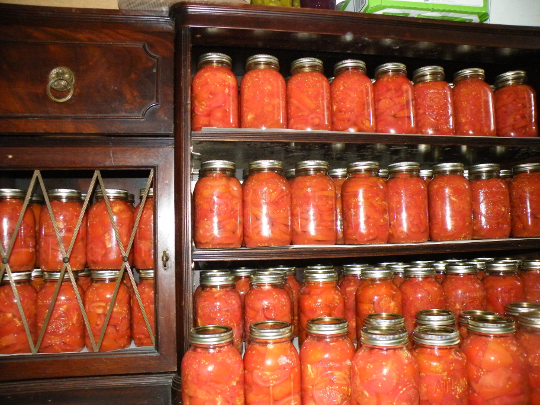
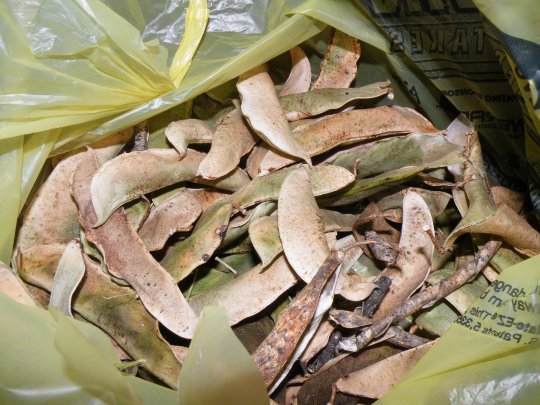
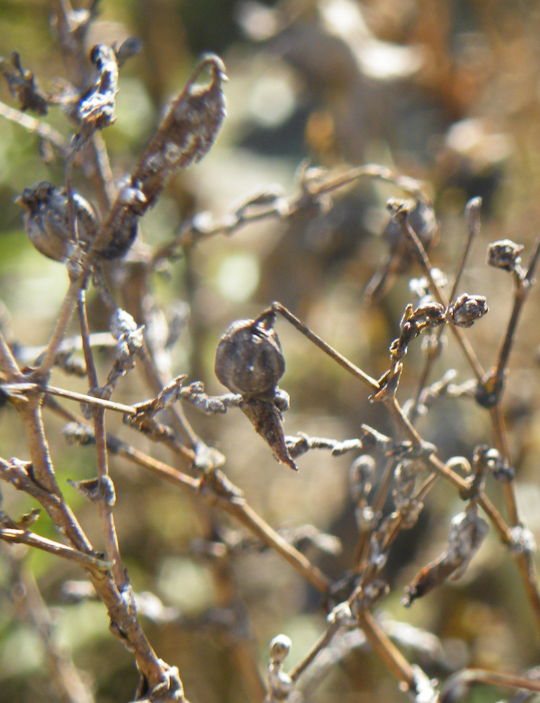
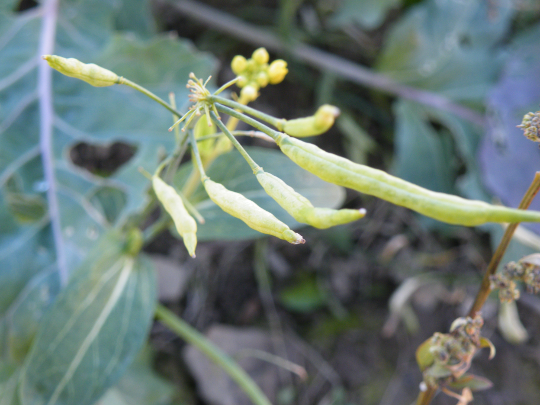
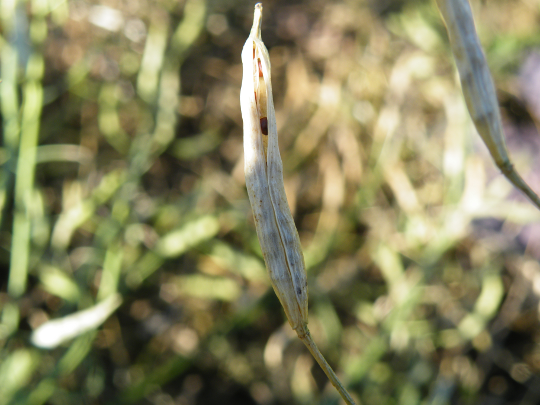
 Life Beyond Tomatoes
Life Beyond Tomatoes Checking on the Tomato Patch
Checking on the Tomato Patch A Three Bean Story
A Three Bean Story August 4th Harvest
August 4th Harvest I’ve Become a Tomato
I’ve Become a Tomato Next Year’s Garden ’12
Next Year’s Garden ’12 Greenhouse Tomatoes
Greenhouse Tomatoes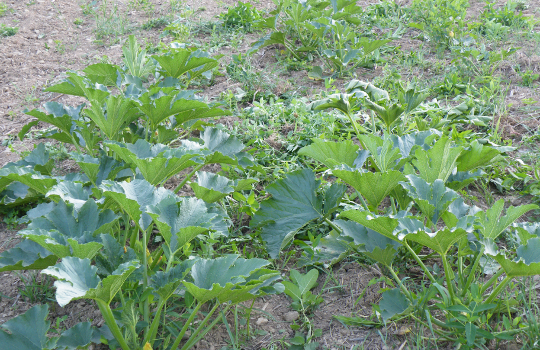

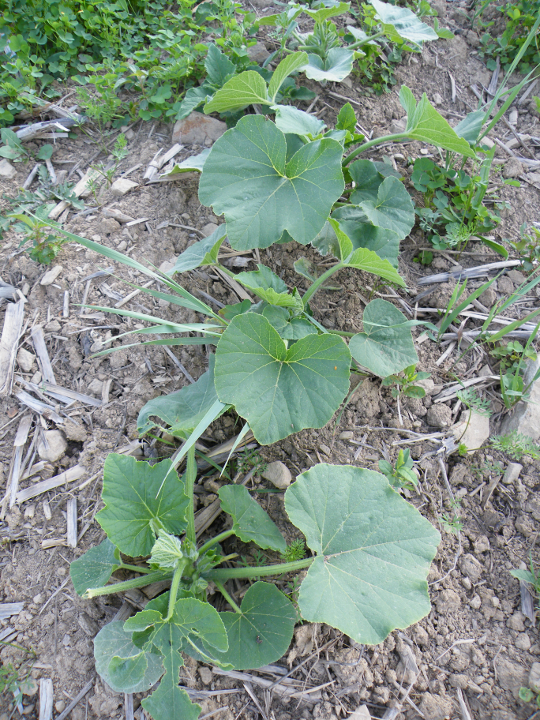
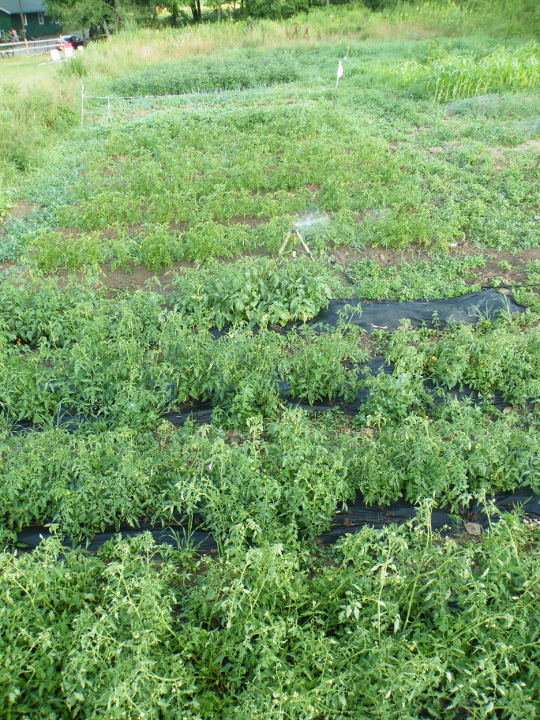
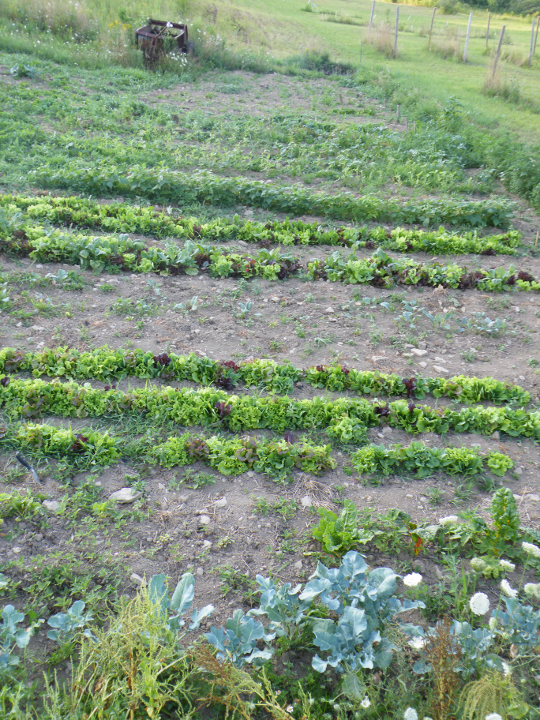
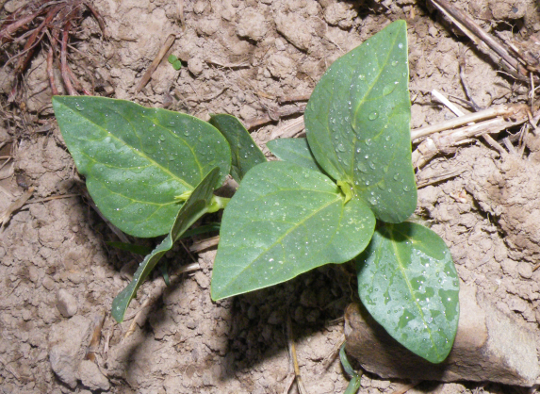
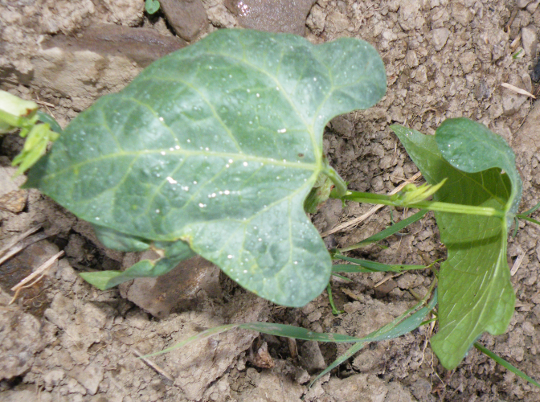
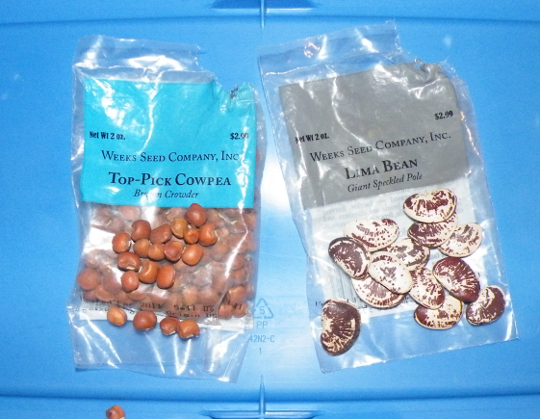
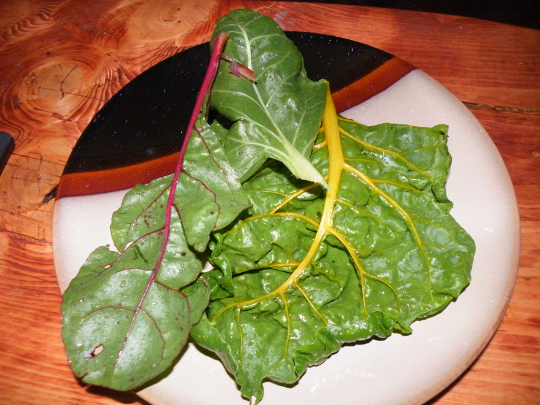
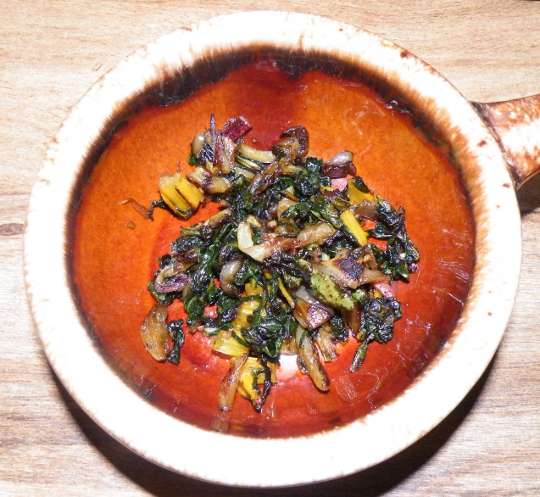

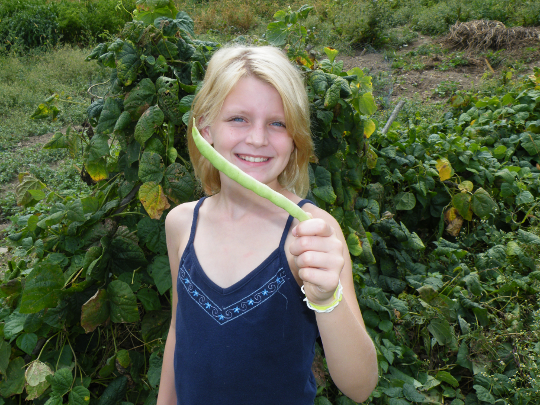

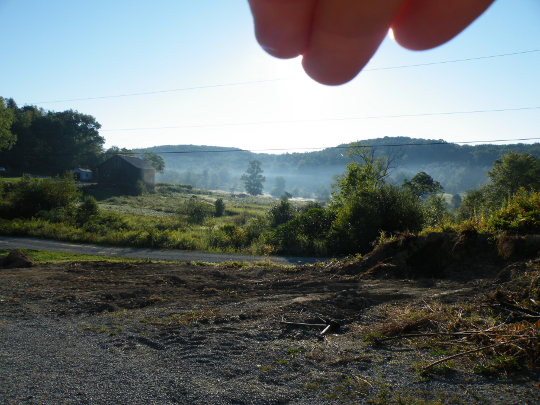
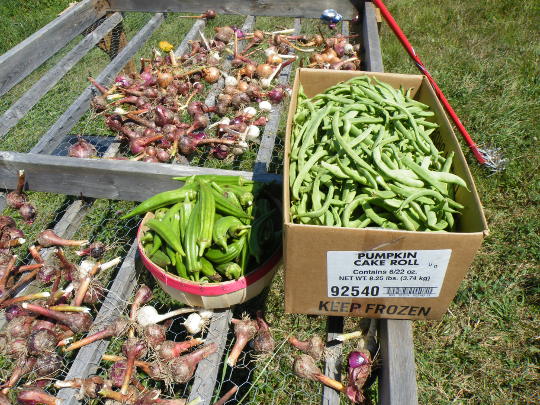
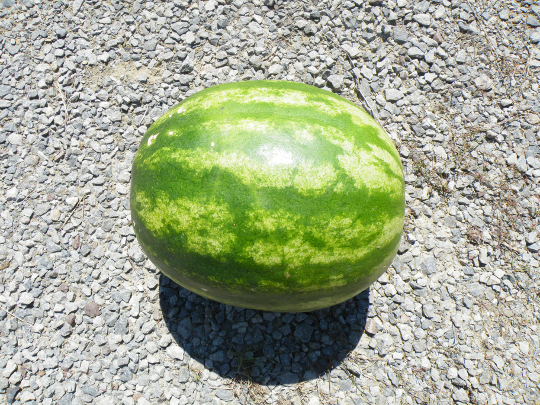
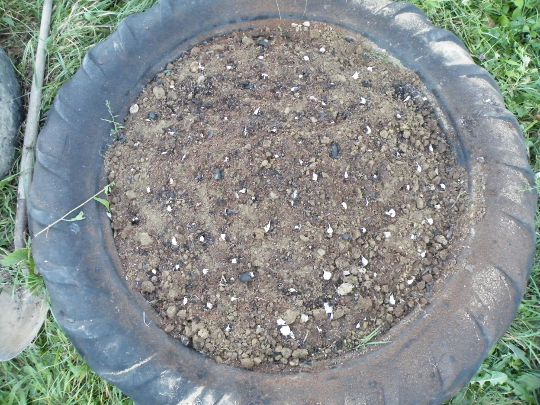
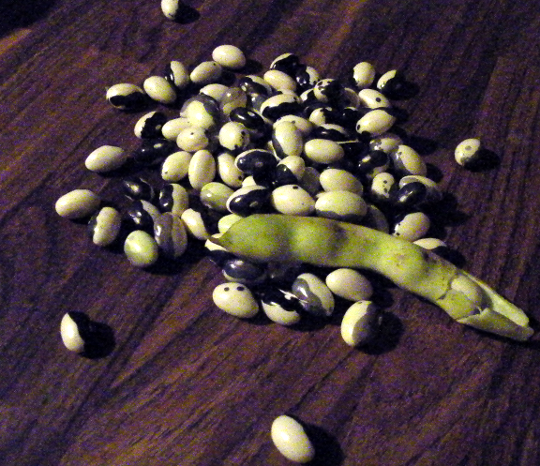
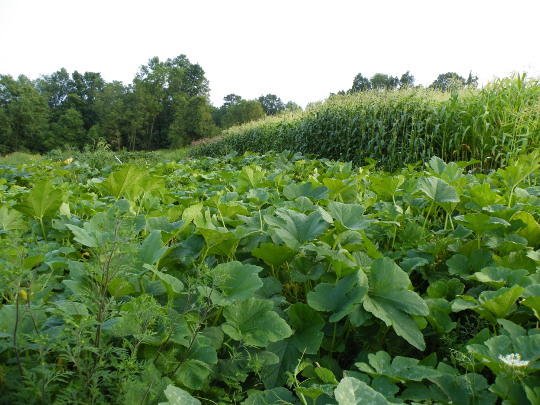
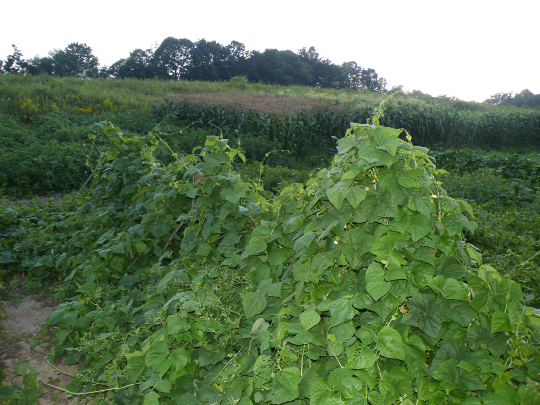
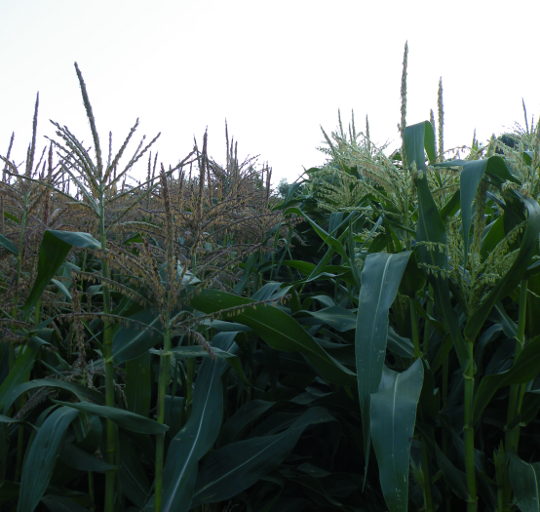
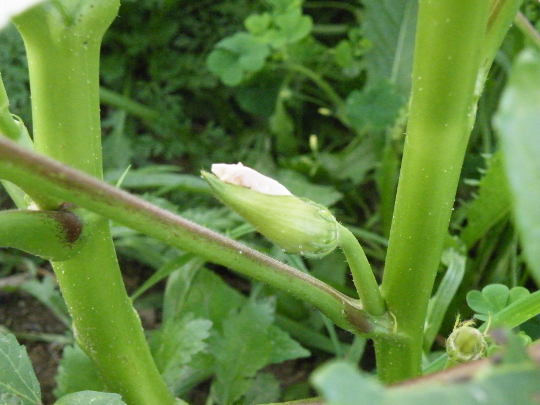
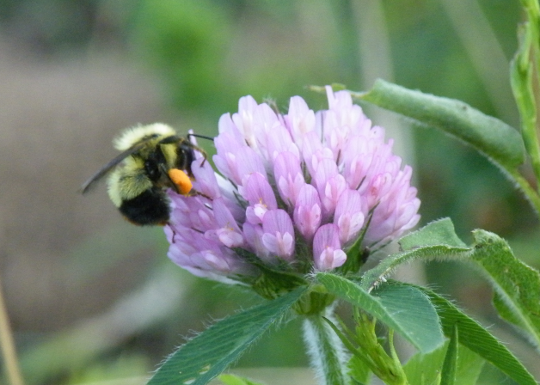

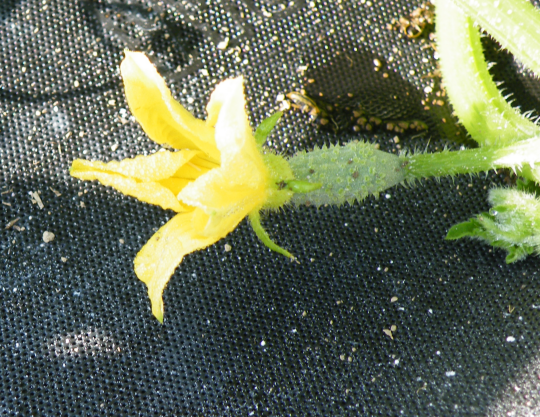
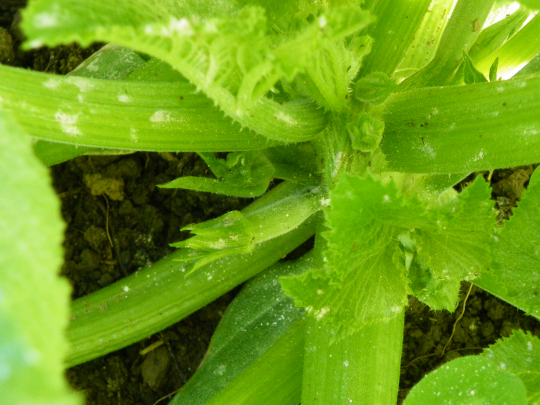
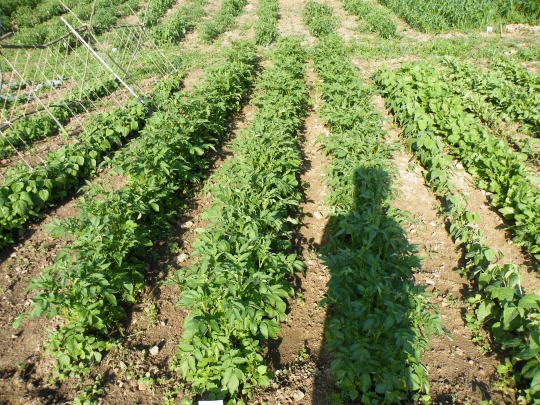

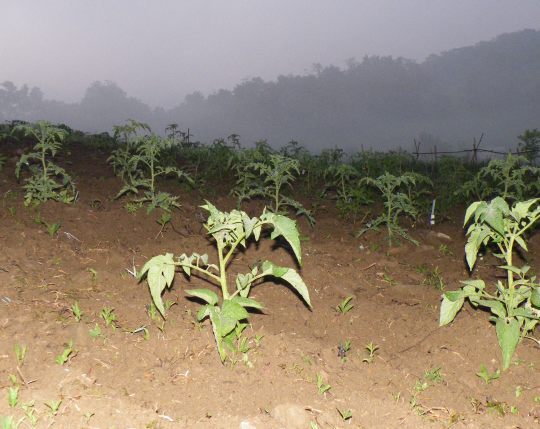
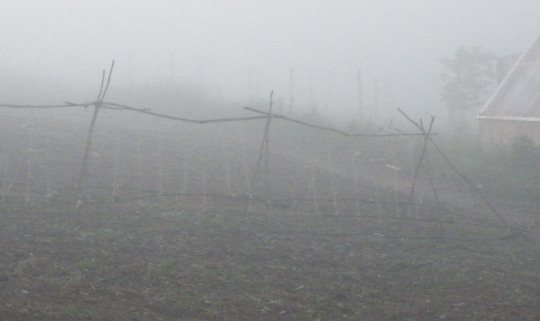










Comments: